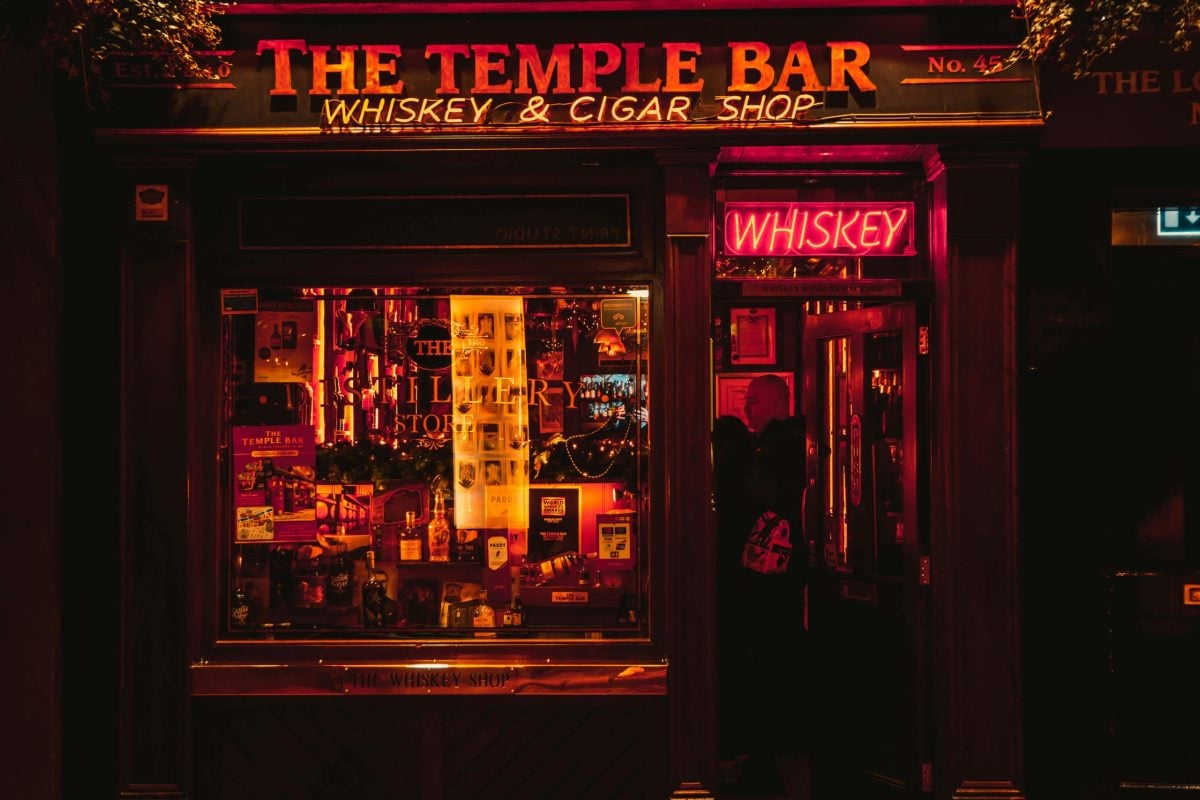Uncategorized
The Joy of Handlebars and Irish Culture
handlebars
Estimated reading time: 7 minutes
- Explore the joy and freedom of cycling with handlebars.
- Discover the connection of the Irish diaspora through cycling culture.
- Learn about the historical significance of handlebars in resistance.
- Find popular cycling routes and ways to embrace Irish culture.
Table of Contents:
- Introduction
- The Joy of Cycling
- From Ireland to the Diaspora
- Handlebars and Heritage
- Did You Know?
- FAQs
- Final Word
In the heart of every Irish town, there’s a favourite story quietly waiting to be uncovered, whispered in the crack of dawn or howled under the wild moonlight: the tale of handlebars—those metal arcs that support our bicycles, yes, but also a symbol of freedom, youth, and a thousand memories tearing like ribbons through the wind.
The Joy of Cycling
Picture this: a sun-drenched morning in a sleepy village in County Kerry, where the only sounds are the gentle rustle of the leaves and a distant call of an early crow. Boys and girls—barely old enough to grasp the weight of their dreams—dart from house to house, pulling the haphazard handlebars of their rusted bikes, ready for an adventure that only the brave or foolish would dare to seek. The freedom that comes with two wheels and a sturdy handlebar is palpable; they ride from the tales of their grandfathers, the twisted paths through fields of wildflowers that seem to bloom just to follow them.
These moments stretch, like the spokes of their beloved rides, intertwining laughter and shouts with the fragrance of fresh grass and the taste of adventure. Handlebars cling fiercely to their tiny hands as they plunge downward hills, the world rushing past in a blur of wind-swept hair and carefree grit. It’s not about the destination; it’s about the ride, isn’t it?
From Ireland to the Diaspora: Memories on Wheels
Ah, and what of the emigrants? The lads and lassies who took the leap across the Atlantic, carrying bits and pieces of home—a jersey from the GAA, perhaps, or a cherished bike with splintered handlebars battered by years of family joy. In Boston or Sydney, they’d clasp the handlebars of their bikes, hopping on and rolling through streets that felt familiar and foreign all at once. With each turn of the pedal, they’d recount the memories of rain-soaked Saturdays spent cycling to the nearest pitch, dodging puddles and stray sheep like seasoned warriors of the day. You can see it now, can’t you? The proud Irish spirit weaving its way through the cities of the world, looking for kinship in borrowed lands.
On the sunlit streets, the stories flow from every handlebar grip, binding the diaspora back to their roots. Generations may grow apart, but the essence of the handlebars—the freedom they represent—connects them to their history, deep in the heart of Ireland, roaring a laugh with the wind whispering in their ears.
Handlebars and Heritage: A Cycle of Resistance
But let’s not forget; this isn’t just a tale of joy. The handlebars also tell stories drenched in the sweat of struggle. Picture for a moment the cyclists of 1916, gliding through the streets of Dublin, a pedal strike against oppression, a symbol of their fight for freedom. Each rotation of the pedals was a defiance, each grip of the handlebar a claim against tyranny. It was resilience so fierce; it became poetry. Yes, these humble handlebars can carry the burdens of history just as easily as they transport us from sorrow to joy, from despair to hope.
The essence of cycling is a defiance against the weights that tether our hearts. Just like those young souls darting from field to field in Kerry, those in the thick of the struggle believed wholeheartedly that the wind in their face and the grip of those handlebars would carry them beyond the reach of oppression. Every bicycle ride became a defiance and a reaffirmation of life’s beauty.
Did You Know?
- The bicycle was invented in the early 19th century but became popular in Ireland during the late 1800s, revolutionising transportation.
- In 1961, the Irish Cycling Association was formed, promoting cycling across the nation, inspiring countless adventures on two wheels.
- Cycling is a traditional way of exploration in Ireland, often labelled as the best method to enjoy the wild beauty of the countryside without disturbing its essence.
- The poetic tradition in Ireland is rich with references to cycles and journeys, with many wandering poets taking their inspiration while cycling to hidden quiet spots.
FAQs
What are some popular cycling routes in Ireland?
The Wild Atlantic Way is a beloved route with breathtaking views. You can explore options for cycling trips at HubIrish.com.
How can I embrace Irish culture through cycling?
Whether it’s wearing your county’s GAA jersey while biking around the lakes or participating in local cycling events, you can join the tradition scattered all over Ireland, with jerseys available to commemorate the spirit found on HubIrish.com.
Final Word
Each grip, each story spun around the handlebars echoes the laughter and struggles of our people. From the fields of Kerry to the bustling streets of New York, let these handlebars remind us of our roots and our resilience. If you carry the same pride we do, you’ll find a piece of home waiting at HubIrish.com.

